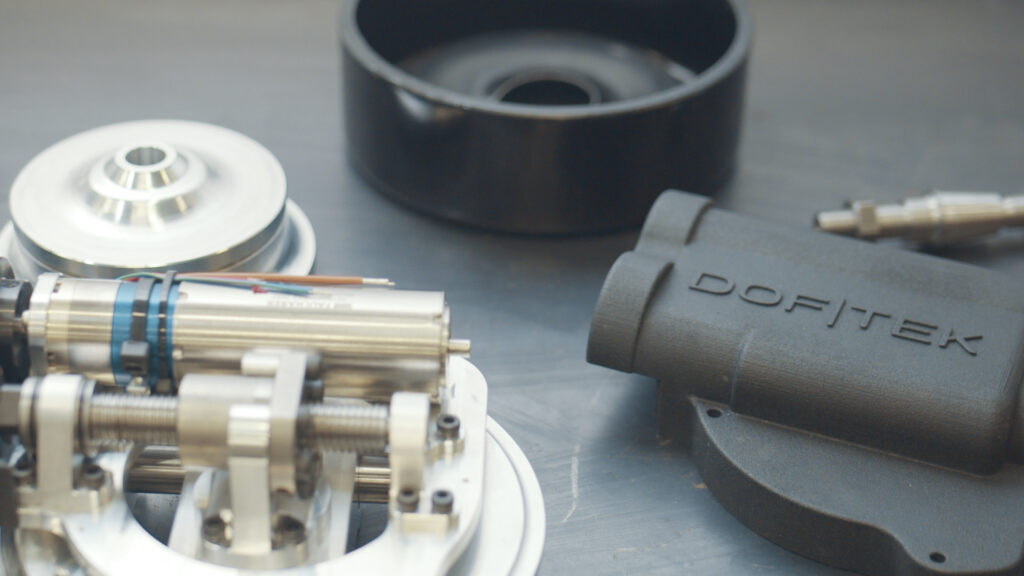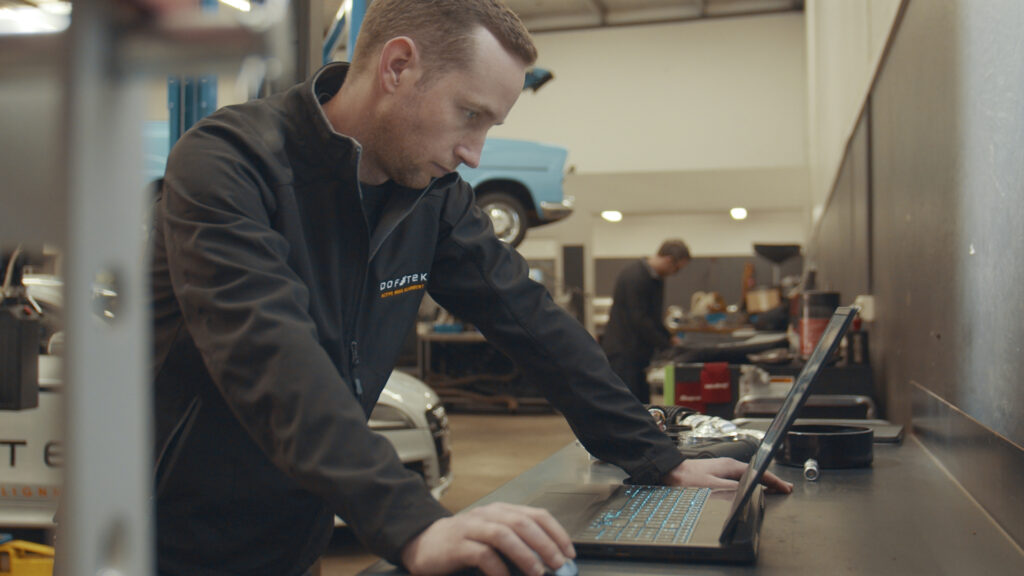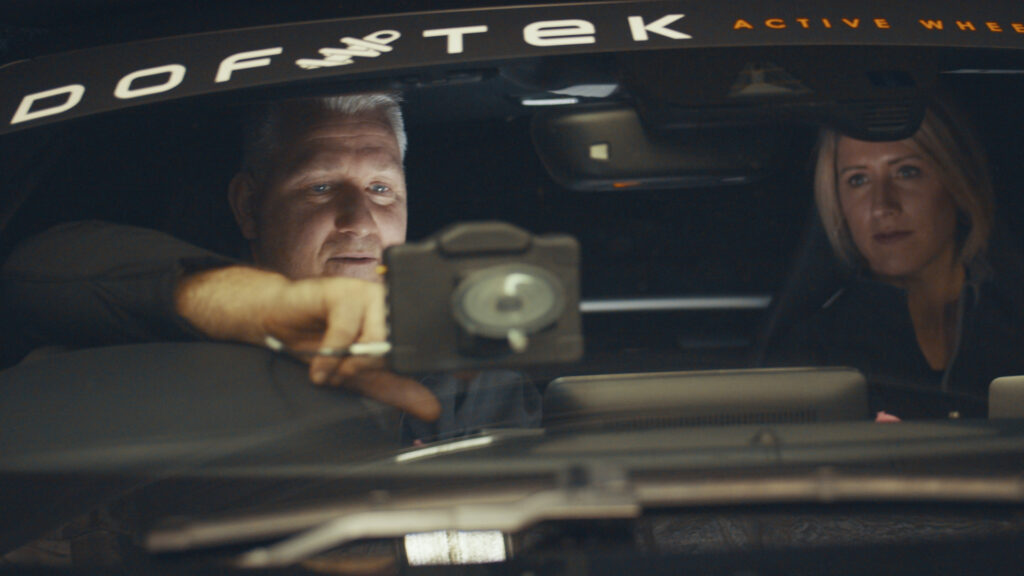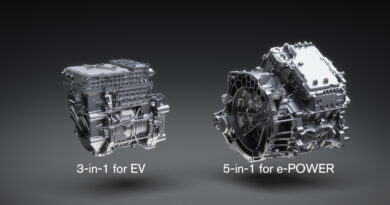Australian invention to increase EV battery range
An Australian company has developed innovative technology it says could increase the range of electric cars.
But rather than altering the batteries or electric motors or playing with software – the sorts of things Tesla and other manufacturers typically attack to improve EV range – the system developed by research and development company Doftek works purely on the suspension system.
The so-called active wheel alignment system can adjust the camber and toe of the suspension, in turn allowing it to be optimised for different situations and conditions.

There are potential benefits with handling and tyre life, but Doftek says it’s early efforts to sell the technology to a manufacturer or major supplier have zeroed in on its ability to improve fuel consumption or battery driving range.
By ensuring the wheels are straight and upright when cruising or trundling around town Doftek claims the rolling resistance of the tyres can be reduced by 10 percent.
That in turn lowers how much energy is required to move the vehicle, increasing range.
Doftek has created two prototype test vehicles – an Audi TT RS and a Mercedes-AMG GTS – and is currently trying to gain interest from manufacturers, or OEMs (original equipment manufacturers).

“We really believe this is a game changing technology,” says Doftek co-founder Priscilla Rogers. “We have had significant interest from OEMs and tier ones (suppliers), in particular from Europe.”
Rogers says more expensive vehicles such as sports cars and luxury vehicles are key targets and that it was deep in discussions with one OEM before the COVID-19 crisis changed the focus within manufacturers.
Key benefits including increasing grip by maximising the tyre contact patch depending on the driving and conditions; the company also says it can adjust left and right wheels independently, potentially applying more camber (or tyre lean) on the outside of the corner while allowing the inside tyre to remain more upright.
But Doftek also nominates electric vehicles as a key target for the active wheel alignment tech.

Co-founder Geoff Rogers says by changing the camber of the wheels – how much they tilt at the top, or lean into a corner – there can be significant fuel economy and battery range benefits.
“As we reduce the amount of negative camber on the vehicle … from -2.8 to -0.8 degrees … we see reductions in rolling resistance of about 10 percent,” says Geoff Rogers.
“Generally speaking a tyre manufacturer would see a 10 percent reduction in rolling resistance for their tyre as a next generation tyre … not an incremental gain. So for us to be able to flick a button and be able to achieve something is pretty significant”
And it’s the potential benefits in battery range that are gaining early interest in the active wheel alignment system.
“[Manufacturers] were less interested in handling performance and more interested in how they can pass emissions test and how they can lower NVH, so we see significant opportunity there,” says Priscilla Rogers.

“The other market that we are focusing on is obviously electric vehicles and how we can – through reducing the rolling resistance – extend battery range for those vehicles.”
Mercedes-Benz has given a demonstration of the sorts of gains that can be made by changing steering geometry on the move with its Formula 1 cars in 2020.
Utilising a system called DAS (Dual Axis Steering system), the F1 cars can optimise the steering angle for straights before changing it again for corners. It does this by changing the toe angle, or where the front wheels point relative to each other.
So far in 2020, the Mercedes-Benz F1 cars have been dominant, with some suggesting DAS has made a small but significant contribution.

One challenge with any new tech is cost.
Doftek says it works with all existing suspension systems – including popular McPherson strut and wishbone layouts – so no major changes to the vehicle architecture would be required.
And while it won’t disclose the cost of the system, it says it’s commensurate to other advanced handling aids such as adjustable dampers.
The additional weight gain of adding actuators to adjust the suspension on the move adds around one kilogram per wheel.




